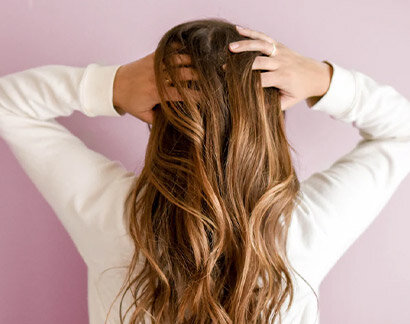Scalp Problems
Listen to Dr. Greenberg on a Podcast
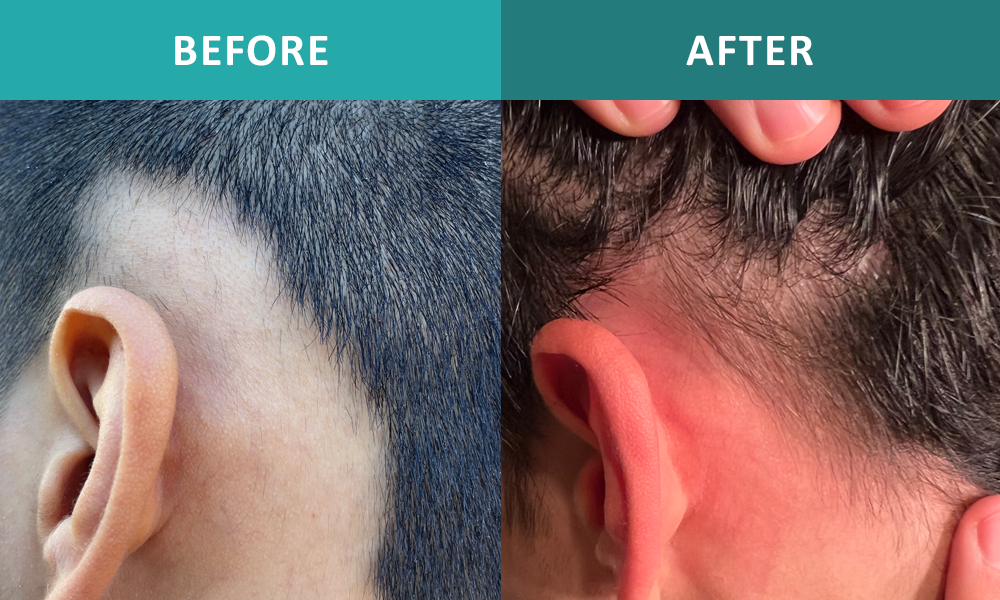
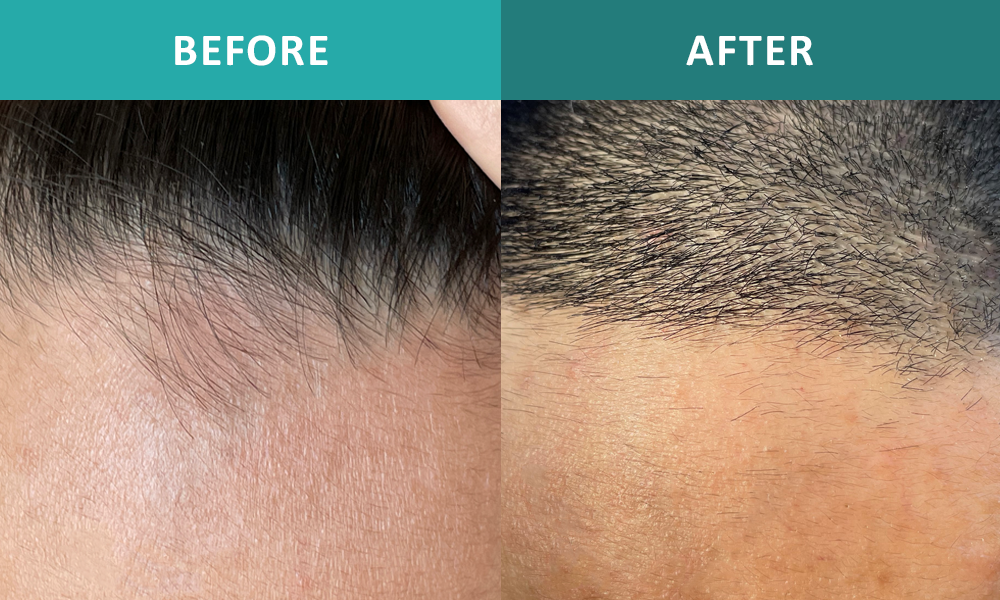
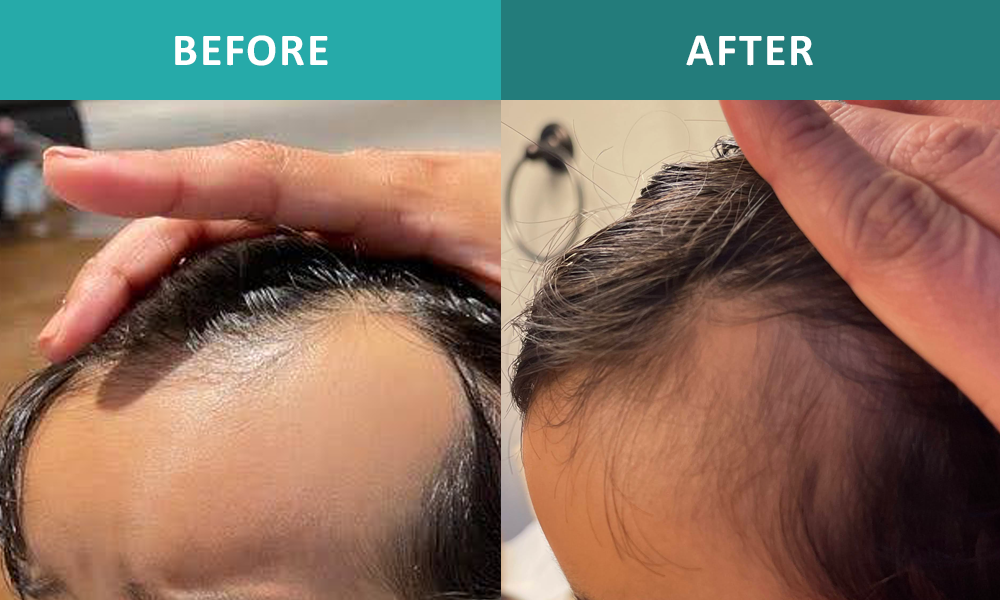
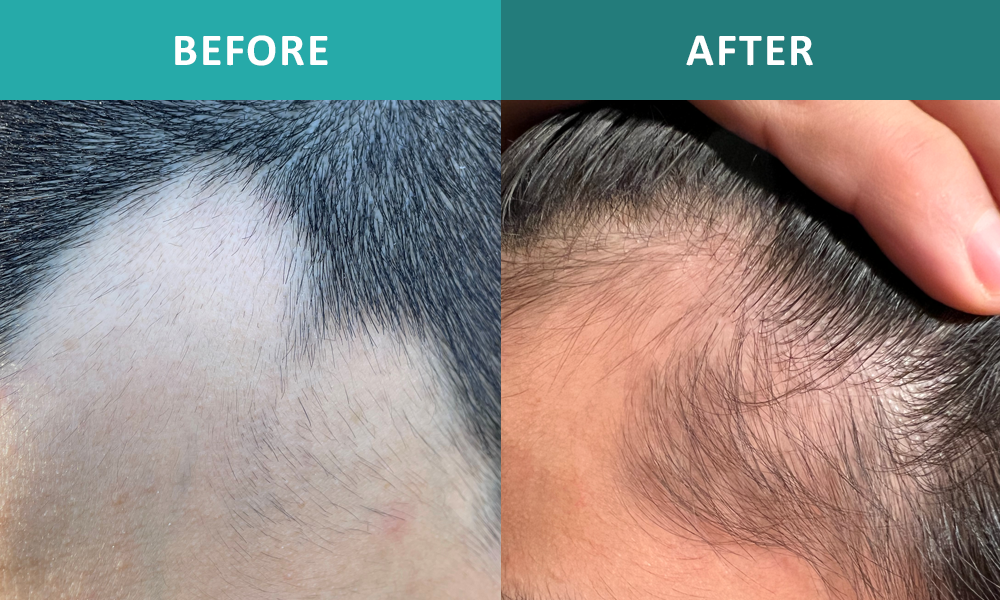
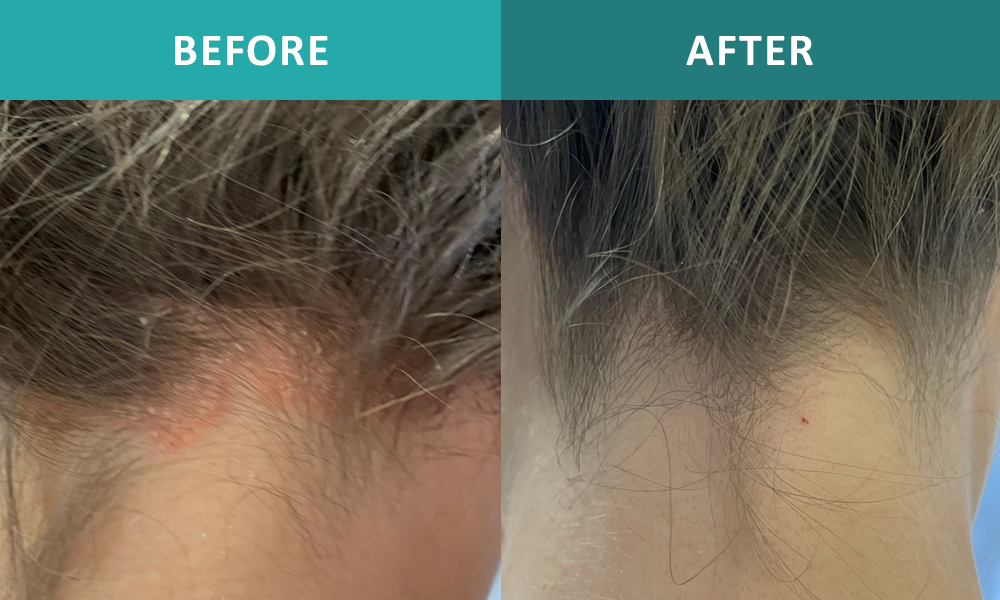
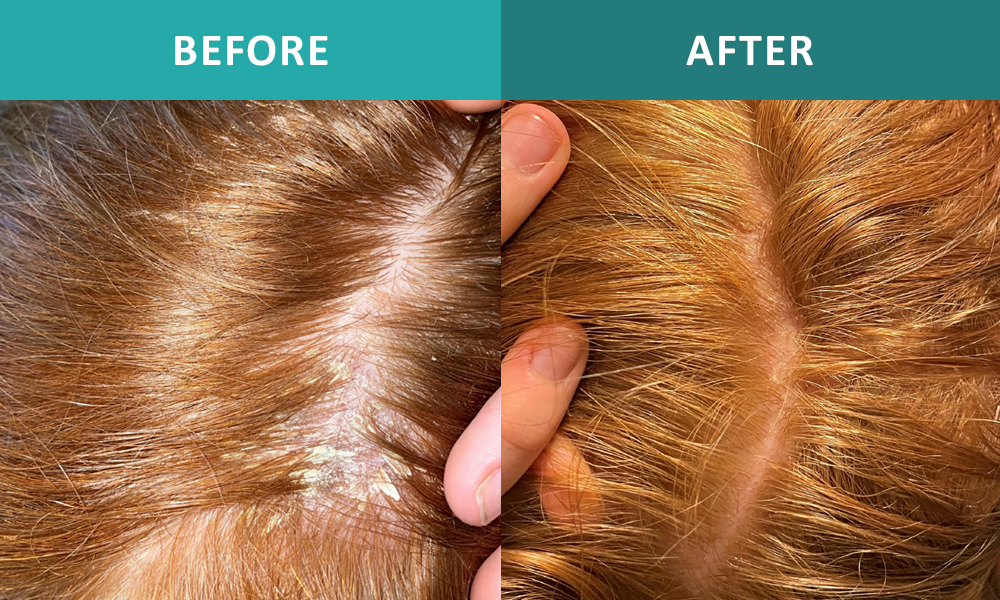
Check out the Hair Loss Course!
Learn All About Hair Loss From Dr. Greenberg
Stay in the Know
Sign up for the newsletter to receive up-to-date information about how to keep acne at bay!
Many people from infants to the elderly will have a scalp problem at some point during their lives. Many conditions disappear on their own, but sometimes these problems stick around or get so bad that it is necessary to seek medical help.
A “scalp problem” can actually be many things. Here are just some of the many conditions it might be:
Cradle cap
Tinea capitis
Dandruff (Seborrheic dermatitis)
Atopic dermatitis (eczema)
Psoriasis
Allergic contact dermatitis
Hair loss
Actinic keratosis
Alopecia areata
Androgenic alopecia
Telogen effluvium
Kerion
Folliculitis
Shingles (Herpes zoster)
Cysts
Skin cancer
What Causes Scalp Problems?
Fungal & Yeast Infections
(E.g. Ringworm, Seborrheic Dermatitis)Bacterial Infections
(E.g. Folliculitis)Viral Infections
(E.g. Shingles)Hormones
(E.g. Testosterone, Thyroid Hormone)Sun Damage
(E.g. Actinic Keratosis, Skin Cancer)Autoimmune Conditions
(E.g. Psoriasis, Alopecia)Reactions To Topical Irritants
(E.g. Personal Care Products)Nutrient Deficiencies
(E.g. Biotin)Critters
(E.g. Mites, Scabies)Stress & Inflammation
(E.g. Telogen Effluvium)Some Common Scalp Problems
Cradle Cap
Cradle cap is a condition where a baby develops crusty or oily patches on the scalp.
While the exact cause isn’t always known, it can be caused to a fungal infection, bacterial infection or an overproduction of oil (sebum) in the hair follicles.
Up to as many as 50% of babies will have cradle cap within the first six months of life.
Dandruff (Seborrheic Dermatitis)
Seborrheic dermatitis is a fungal disease of the skin that is most commonly associated with the scalp (dandruff) but can also occur on the face and other parts of the body.
It causes scaly red patches that can itch and dandruff on the scalp.
Malassezia yeast feed on the oil glands (sebum) on parts of the body like the scalp and face and can be responsible for rashes on the face.
Tinea Capitis (Ringworm)
Although referred to as “ringworm”, it is not actually a worm at all. It is called that because the rash forms a round ring-like pattern.
Tinea is actually caused by fungal organisms called dermatophytes. The infection that can appear anywhere on the body and when it develops on the scalp, eyebrows and eyelashes it is called tinea capitis.
Tinea is highly contagious (and can even transfer between humans and animals), but is not serious.
Sun Damage
Actinic keratosis: rough, scaly patches that develop as a result of years of sun exposure. They are usually found on the face, head and neck and can become cancerous if not treated.
Basal cell carcinoma: the most common form of skin cancer usually found on parts of the body damaged by years of UV exposure from the sun.
Squamous cell carcinoma: the second most common form of skin cancer usually found on parts of the body damaged by years of UV exposure from the sun.
Melanoma: the most serious form of skin cancer and the most likely to metastasize (spread to other parts of the body) and cause death.
Hair Loss
Alopecia areata: an autoimmune disease that can result in partial or total hair loss which may or may not be permanent.
Androgenic alopecia: also known as “male pattern baldness” can affect both men and women and is often genetic and related to hormones.
Telogen effluvium: hair loss in response to shock, stress, or a traumatic event. It is usually temporary.
How Can We Get Rid of Scalp Problems?
In order to treat your scalp problem, we must determine the underlying cause.
We work with you, the patient, to determine which treatment options fit best with your life and your values. There is no “one-size-fits-all” treatment plan: it will be tailored to your specific needs.
Examples include:
Diet
We educate you on how your specific diet may be driving your scalp problems (such as nutrient deficiencies), and we work on healthy eating and making smart choices where possible.

Topicals
We use natural botanical products to fight infection, to soothe the itch, and to heal inflammation on the scalp.

Supplements
There are many supplements which can help address the underlying causes of scalp problems such as bacterial and fungal infections and UV sun damage exposure.
Supplement treatment plans are customized to the individual.

Lifestyle
We will look at lifestyle factors like which personal care products you are using (or not using) on your scalp to determine which factors could be contributing to your issues.
We will look at your stress levels, sleep, and exercise to determine what changes could you help calm your scalp problems.
Interested in learning more about how we treat scalp problems?
Contact us or set up a free 15 minute consultation with Dr. Greenberg to talk about your specific needs.
Contact Us
Los Angeles, CA 90024

